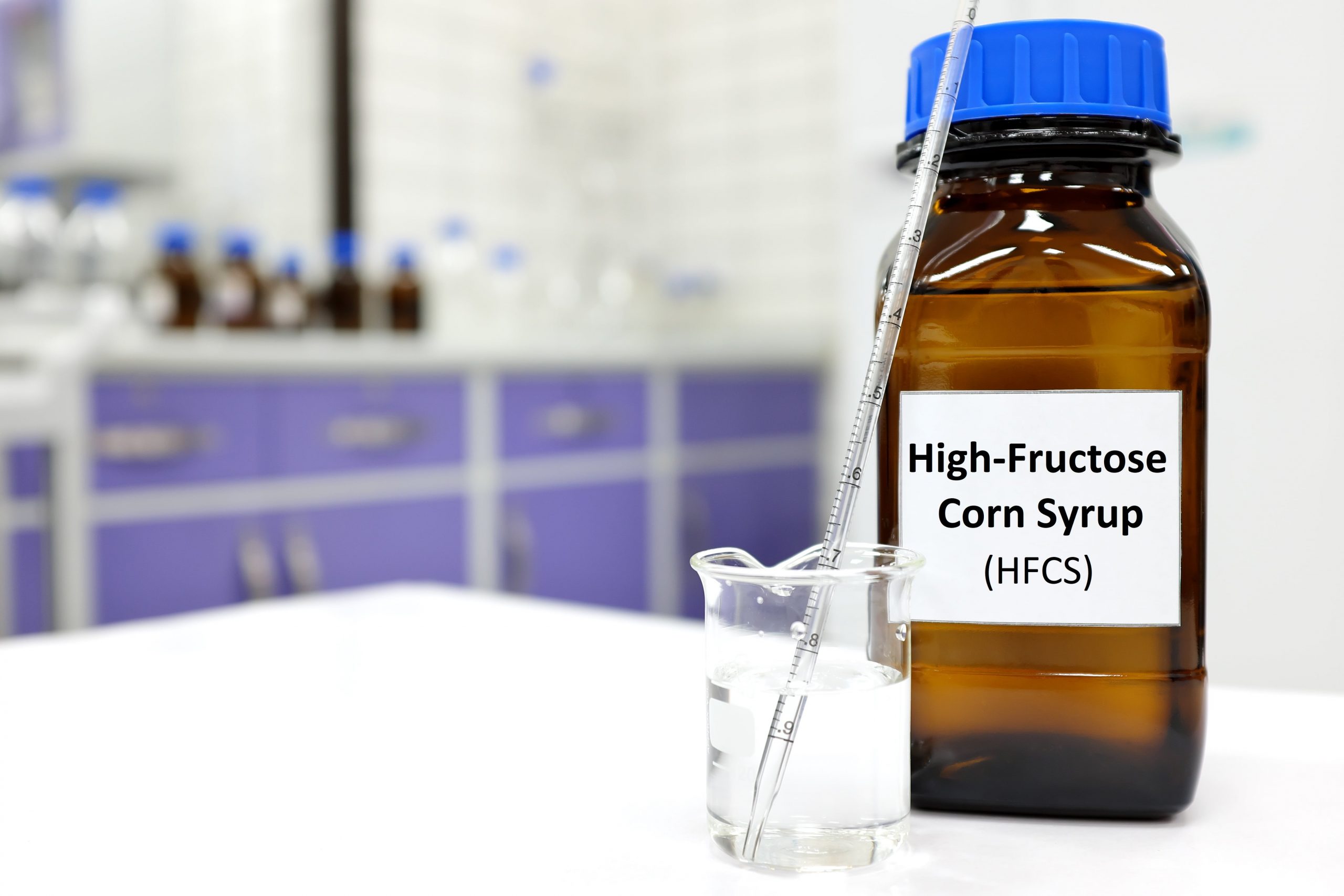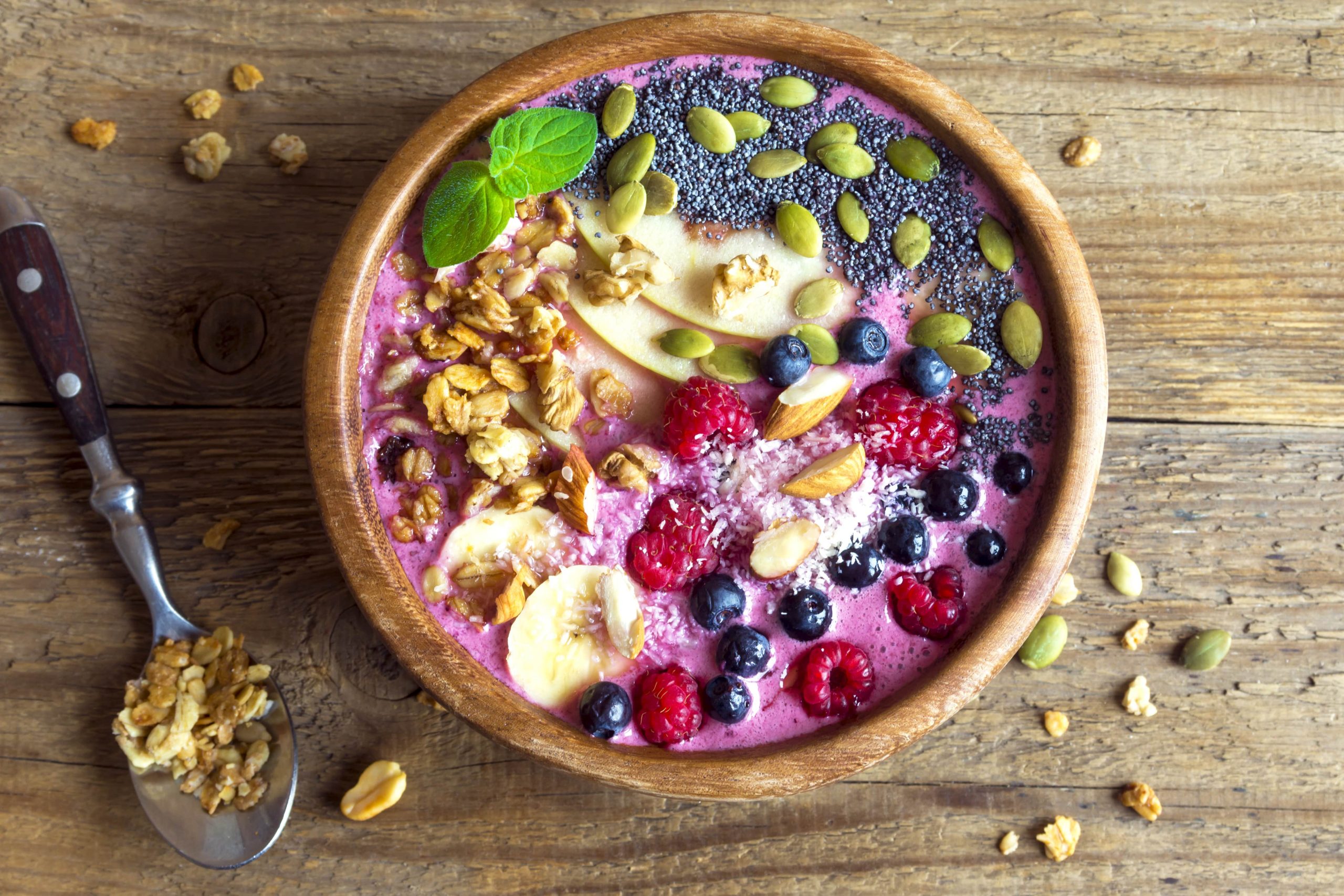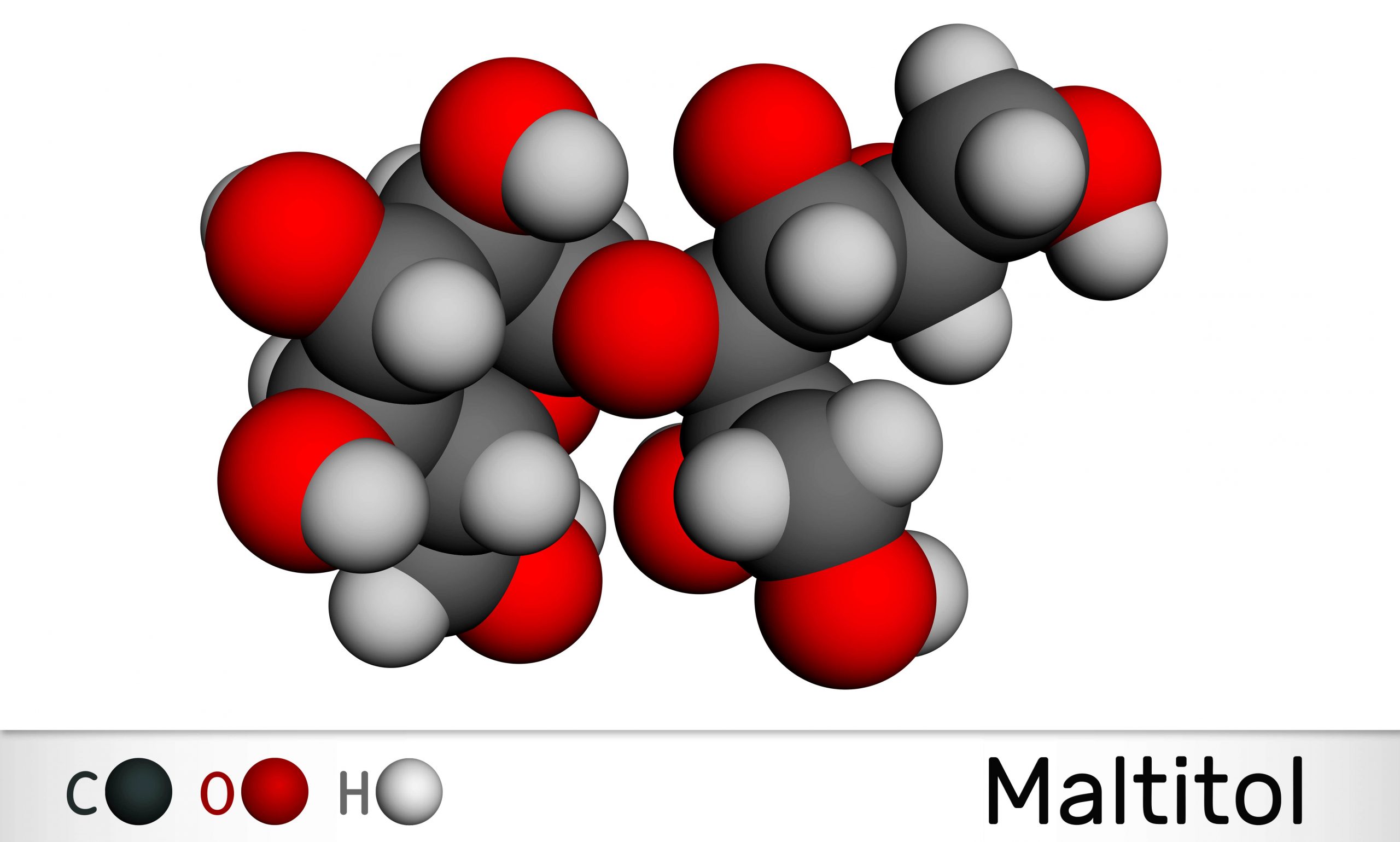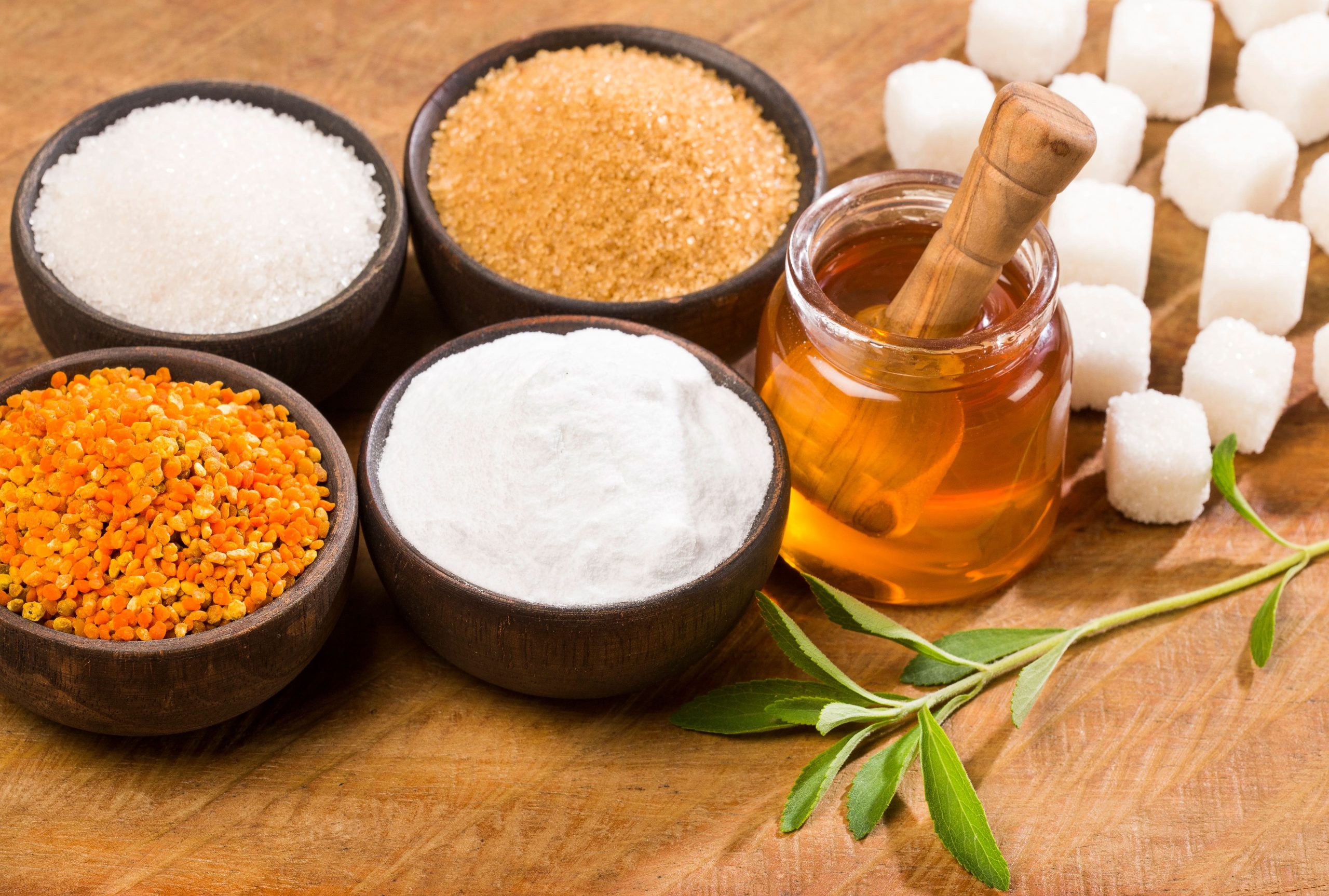For a long time, high fructose-corn syrup has been used in food processing purposely for sweetening. Sugar may also produce the sweetening effects as high-fructose corn syrup. This causes some people to wonder if it is same to or worse than sugar.
Among the health-conscious people, consumption of high-fructose corn syrup is not a norm. In fact, it is claimed that it can negatively impact on your health since it is loaded with fructose. To make matters worse, some studies have indicated that high-fructose corn syrup can harm your health compared to other sugar-based sweeteners. This article discusses what sets apart high-fructose corn syrup and regular sugar.
What Is High-Fructose Corn Syrup?
High-fructose corn syrup is a popularly used sweetener made from corn syrup. The syrup is processed from corn. Mostly in the United States, high-fructose corn syrup is used to sweeten or boost the taste of processed foods and soft drinks. Its wide use dates back to late 1970s, when the government subsidized the price of corn making it drop while the price of sugar was high. From 1975 to 1985, the use of high-fructose corn syrup rose above any other sweetener. However, its use has currently declined as people are turning to artificial sweeteners.
The Process of Producing High-Fructose Corn Syrup
High-fructose corn syrup is made from a syrup processed from corn, which in many cases is a genetically modified organism (GMO). The milling of corn to produce corn starch is the first step. This is then followed by other steps of processing to produce corn syrup. The syrup itself is mainly made up of glucose. It can be processed further to make it have a similar taste to regular table sugar – which consists of sucrose – by adding enzymes to convert glucose to fructose. Depending on the type of high-fructose corn syrup (HFCS), the amount of fructose may slightly vary. For example, HFCS 90, which is the most concentrated type of high-fructose corn syrup, contains 90 percent fructose, while HFCS 55, which is commonly used contains 55 percent fructose and 42 percent glucose. In contrast, HFCS 55 is more of regular table sugar which contains 50 percent fructose and 50 percent glucose.
What Is the Difference Between High-Fructose Corn Syrup and Regular Sugar?
As you can see from the above comparison, the most commonly used type of high-fructose corn syrup – HFCS 55 – is almost similar to regular sugar. This makes them have minute differences. The first difference is noted in their form, liquid and granules. On the one hand, high-fructose corn syrup is partly liquid, with about 24 percent of its content being water. On the other hand, regular table sugar is dried and in granulated form. The other difference is in their chemical structure, in which high-fructose corn syrup contains loose and separated fructose and glucose, while in table sugar the two are bound together and granulated.
These differences are tiny and have no impact on nutritional value or health effects. In the digestive system, sugar is usually broken down into sucrose and glucose. The same goes for regular table sugar and high-fructose corn syrup, making them look the same. The levels of fructose are a bit higher in HFCS 55 than in regular. However, this difference is so small, and from a health or nutrition perspective, it places no significant difference. HFCS 90 on the other hand contains far much fructose than regular sugar. This makes sugar look healthy as too much consumption of fructose may severely harm your health. The good thing is that, HFCS 90 is rarely used, and if at all used, then only in small amounts as it is extremely sweet.
Effects of High-Fructose Corn Syrup and Sugar in Health and Metabolism
While sugar-based sweeteners may increase the quality of processed food, they are unhealthy as they supply large amounts of fructose. Fructose is only metabolized by the liver, and in small amounts. When you consume it in excess and the liver gets overwhelmed, the fructose is turned into fat. It is worth mentioning that some of the fats are deposited in the liver, leading to fatty liver. Other health implications of consuming excess fructose include, type 2 diabetes, insulin resistance, obesity, and metabolic syndrome. Gram for gram, high-fructose corn syrup provides nearly the same amounts of fructose and glucose, blending at a ratioof 50:50. It thus comes with less surprise that excess consumption of table sugar will cause similar health complications. Numerous studies have consistently shown that equal consumption of high-fructose corn syrup and regular sugar can both lead to same feelings of fullness, leptin levels, insulin levels, or effects on body weight.
Both May Increase Your Risk of Heart Disease
Excess consumption of sugar and sugar-based sweeteners have been linked to increased risk of heart disease, which is the leading cause of death all over the world. Studies suggest that binging on high-sugar diets can lead to increased triglyceride, high blood pressure, obesity, inflammation, as well as high blood sugar levels, all of which contribute to the development of heart disease. Such a diet can also lead to atherosclerosis which is caused by deposition of fat along the arterial walls.
As Been Associated with Acne
Acne is a skin disorder caused by clogging of sebaceous gland by sebum. Too much intake of refined carbs, including sugar-based sweeteners and soft drinks, can increase your risk of developing acne. These foods drastically increase your blood sugar and insulin levels, which in turn elevates the secretion of hormone androgen, oil production, and increased inflammation. All of these are a risk factor to the development of acne.
Conclusion
High-fructose corn syrup is processed from corn syrup and is used to sweeten processed foods and drinks. HFCS 90 and HFCS 55 are the main types of high-fructose corn syrup. Both high-fructose corn syrup and regular sugar have similarities when it comes to health implications as they contain nearly same fructose and glucose. Excess consumption of sugary diet can increase your risk of many diseases, including heart disease and diabetes.









